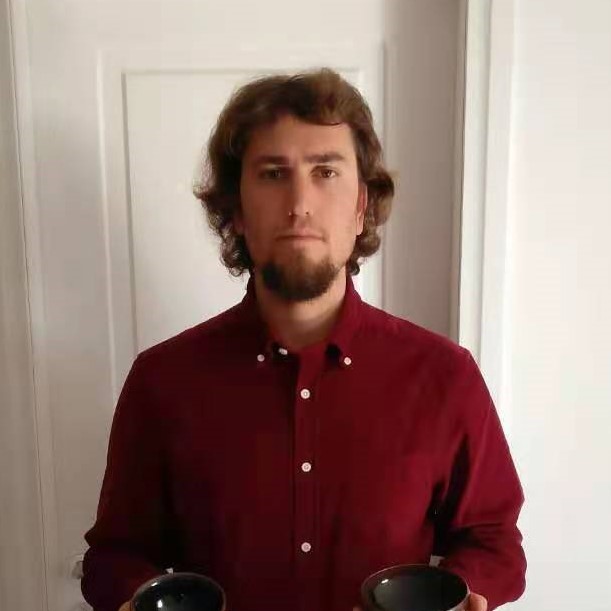The forgotten pottery of Kampong Chnang

📍 🇰🇭 The forgotten pottery of Kampong Chnang
The image of Cambodia is always associated with the wondrous temples at Angkor, their decadent, nostalgic, albeit still vivid spirit, and the abundant jungle in which they are nestled.
However, if the intrepid traveler concedes himself a little respite from the crazy rhythms and whims of modern mass tourism, and chooses to spend more time in this country, hidden treasures of living art will be revealed, secluded in a vernacular landscape that rests still in time.
I traveled with a friend to the sleepy provincial capital of Kampong Chnang, about two hours from Phnom Penh, on a surprisingly smooth, newly paved road (that in many other provinces would be considered a luxury).
Near the sleepy provincial capital of Kampong Chnang, ten kilometers south-east of town, small mountains, always covered in an impenetrable canopy, have provided for centuries the iron-rich red clay used by local potters which since immemorial times have gained their livelihood from it.
Local craftsmen, whose techniques and traditional skills have survived the 30 and more years of war and turmoil that afflicted the country, and retain to these days a rigorously manual pottery procedure.
Mostly family workshops work together; each person adept at his own role in the operational chain of production (clay procuring and preparation; shaping; decoration; firing), in a remarkable unity and harmony of intents.
Most of the workshops are located around the wooden houses of Andong Reusey village, where most of the workshops are located, shaped in the traditional way, with pillars under them to limit pests and floods hazards.
Numberless rice fields are celestial grazing pastures of peaceful buffalos that roam around. Poverty of material goods then, for the human and non-human beings, reveals itself to be an advantage in many respects of life.
The pursuit of an ancient heritage, both utilitarian and decorative, with indented patterns which are similar to the ones retrieved at Angkor and other temples of the past.
These enrich the spirit of the place, reinvigorate the villagers’ consciousness of their identity, and supports the limited expenses that their modest consumes demand.
__Sources__
personal account of a journey and relative fieldwork in the village of Andong Reusey, near Kampong Chnang, Cambodia.

